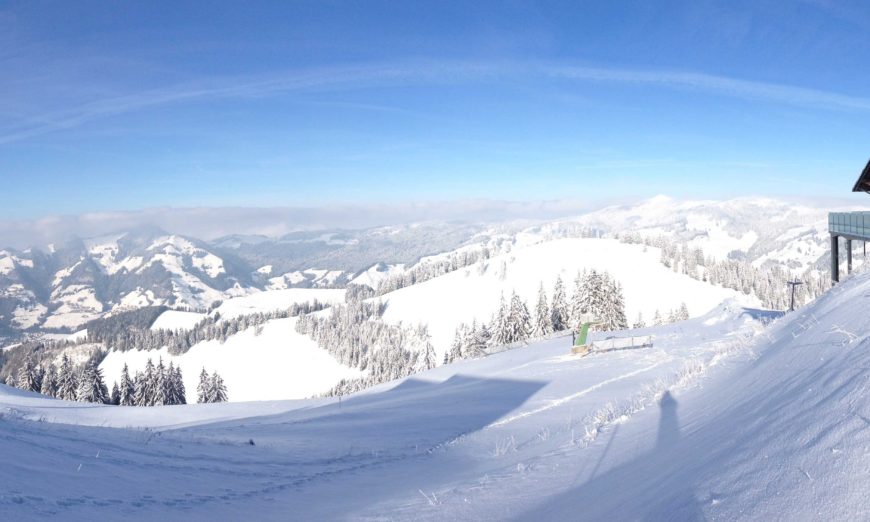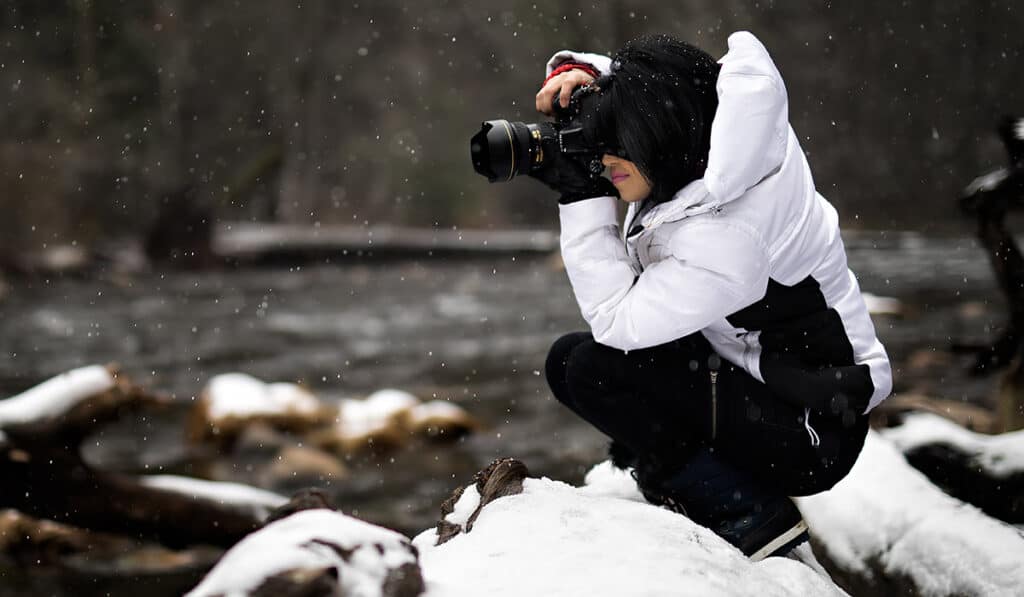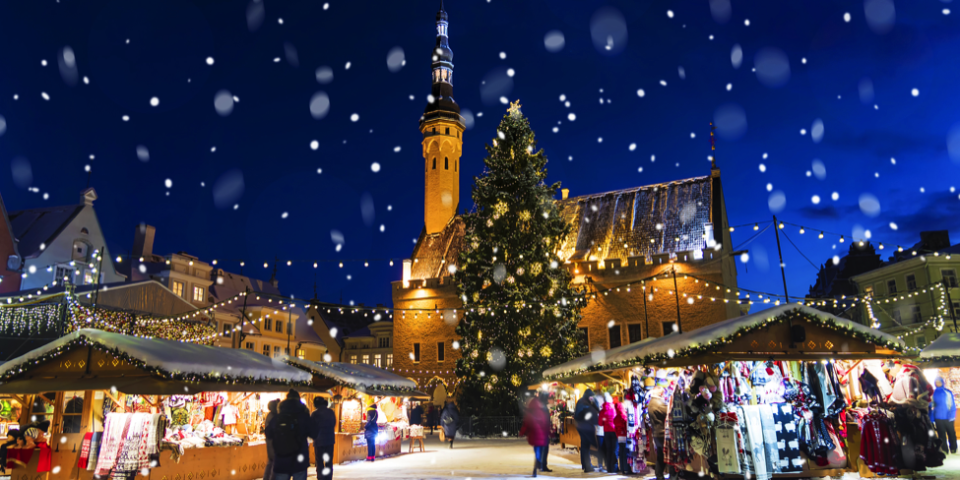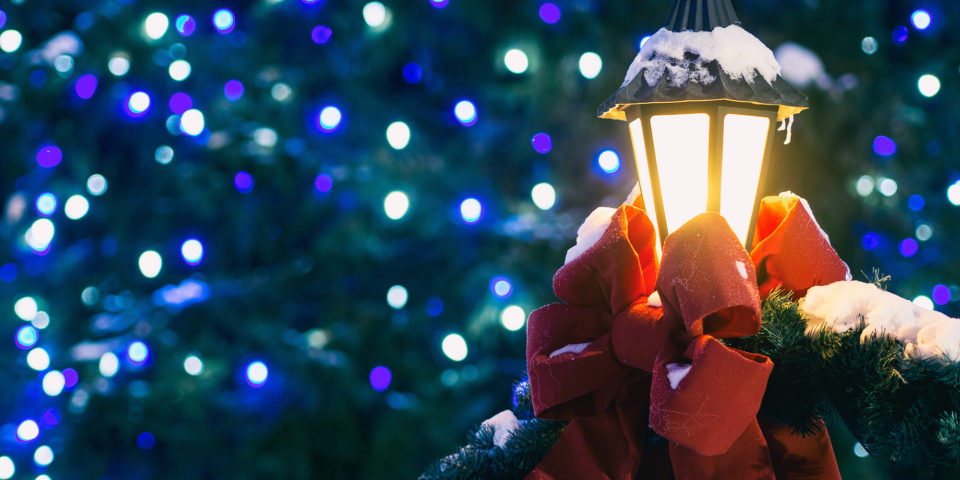Canadian landscapes and wildlife are natural subjects to capture any time of the year, but Winter provides unique photo and video opportunities like no other season.
Despite the frosty temperatures, many photographers find inspiration in their surroundings to get out of their comfort zone – both in terms of photography and the warm indoors – and make some amazing photos (with the help of Mother Nature!).
In this article, we’ll revisit some of the top tips that make a big difference when it comes to photographing snow, ice, and all that winter has to offer!

A lot of folks don’t get out and shoot in the wintertime and I want to share with you some quick tips that will help you make better images and videos in wintertime outdoors.
You Can Shoot in the Cold
There is some misunderstanding about whether your camera will work in the cold. The answer is that it will, just expect less battery life as the cold impacts battery efficiency. You may need to carry a spare battery, and if you do, keep it inside your jacket to keep it warm. It will last longer that way.
Your camera has a minimum temperature rating that is occasionally over cautious. You should be fine to about -20 Celsius, but if you are going to be out in the wind and cold for an extended period, such as on a polar bear safari, you might want to consider using a protective housing. For the rest of us, just put your camera in your camera bag when you are not using it. I have never found a need to put those “hot hands” packs in a bag but have used them in a pocket to keep batteries warm.
Managing Condensation
If you’ve ever worn eyeglasses, you’ve probably experienced frost rimes building up when you first head into the cold, and fogging up when you come inside. Your camera goes through the same thing. This is easy to manage with a simple plastic covering such as the Optech ones sold at Henry’s. These allow you to continue shooting while covering your camera and lens at the same time.
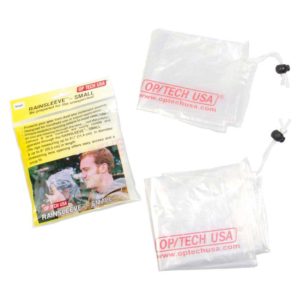
Optech plastic covering for your camera & lens out in the Field
I always have a couple of these Optech protectors in the bag and in the car. They come in different sizes for different needs.
The idea is to wrap your camera in the plastic before you go outside. The camera will be warm and that will produce some condensation type effects, and you want that to happen on the outside of the bag rather than on the outside of the camera.
After a few minutes, the camera temperature will equalize to the cold and you can remove it from the bag. If it is snowing very heavy and wet, or sleeting, keep it in the bag for shooting unless you are certain that your camera and lenses are weather sealed. The Opteka covers are designed for this and are very inexpensive protection.
When you are ready to go inside, if you have had the camera out of the plastic protection, put it back inside the protective cover and seal it up as best you can. Bring the camera inside and allow the camera to reach room temperature inside the protection.
Any condensation will form on the outside of the plastic covering and once the camera has warmed up you can remove it to get at your memory cards and battery without any concerns about damage due to condensation.
Best Practices for Winter Landscapes
Snow is white. Your camera meter tries to average everything to middle grey, so the meter guidance for a snow scene is going to be wrong.
This is where exposure compensation is your friend. In order to get the meter to give you accurate metering where the scene is predominantly white, you need to lighten that averaged “grey” so you will be adding exposure.
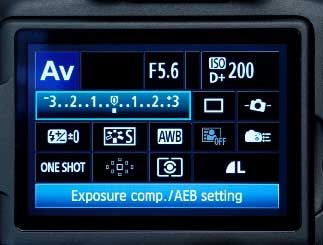
Snapshot of the LCD on a Canon camera showing Exposure Compensation
Start with an exposure compensation of +1. Then check the LCD to see if white snow is actually white. Because of the overall brightness you may need a loupe to be able to see the LCD properly. If you are shooting a mirrorless camera with an electronic viewfinder, you can review your shot there without a loupe.
If you need more whitening increase your exposure compensation to +2 and try again. Doing a couple of test shots before embarking on your photo excursion will save you a lot of frustration after the fact.
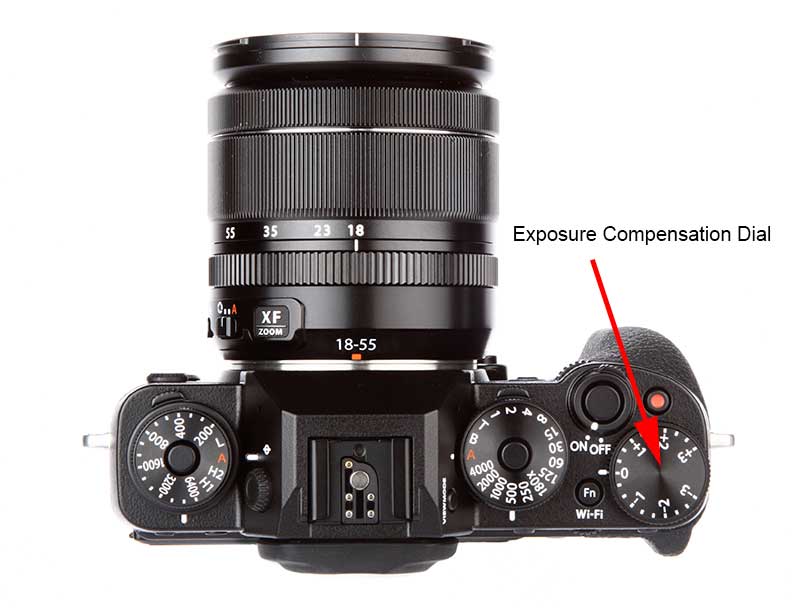
Some cameras have nice big easy to find exposure compensation dials
Over many years, I have found that for me, setting my exposure compensation to +1 2/3 as soon as I head outdoors has worked with great consistency. I may still add more whitening or use less when my scene is not predominantly white.
Unlike film, digital images actually handle moderate overexposure very well, and if needed you can always adjust the overall exposure after the fact whether you are shooting JPEGs or RAW images. Adding exposure after the fact on a digital image will ALWAYS increase digital noise. That’s not your fault, it’s about how sensors work.
Don’t Forget Your Polarizing Filter
If you are shooting on a clear day, don’t forget your polarizing filter. The sky is filled with polarized light and snow is highly reflective and thus the light reflected from it is highly polarized.
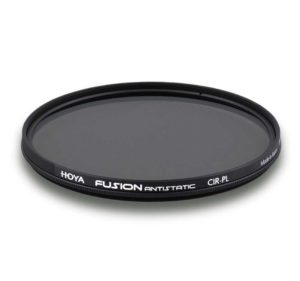
This example is a Hoya FUSION series polarizing filter. It is a high quality option at a very reasonable price. Check your lens to order the proper diameter. This example is in 58mm.
A polarizing filter will go a long way to manage the reflections and really pull amazing blues out of the sky. Remember to even take it when the day is overcast because of the polarized light coming off the snow. It will have less effect to be sure, but even a small cut of polarized light will help make for better photos. A good polarizer will make a big improvement and last a long time, so consider investing in a higher quality filter over the most inexpensive option that you encounter.
We often want to include family and friends in our winter images. The overexposure mentioned earlier is critical to avoid having their faces and clothing being too dark, that’s why a setting that works on a landscape will also work on photographs of people in landscapes. It’s really popular to do group shots at the top of the hill as everyone gets off the lift. This is where that bit of overexposure and your polarizing filter will really shine.
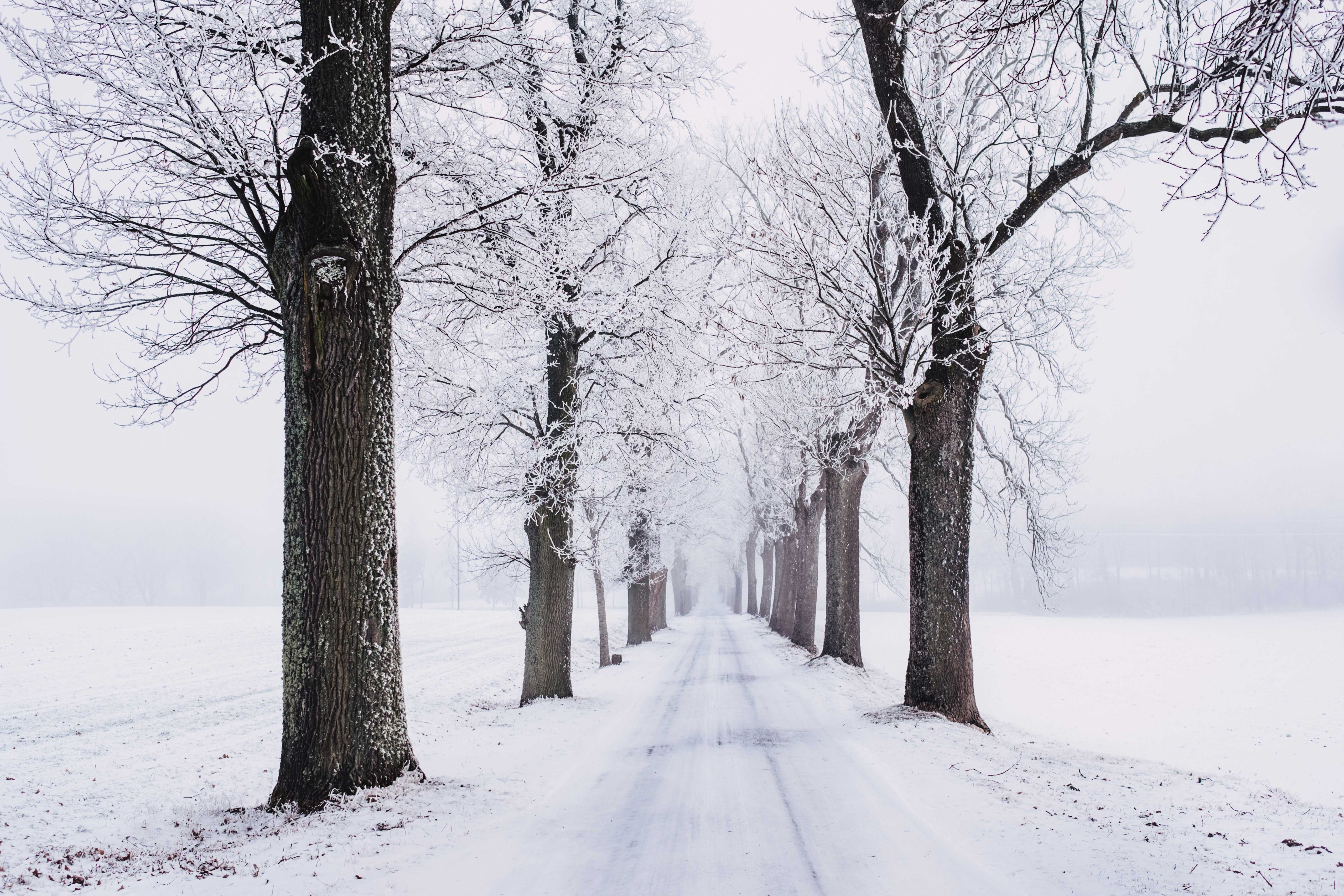
Conclusions
Don’t let the cold be a reason to put your camera down. There is plenty to photography in the winter time and you can make beautiful images and videos during our cold season. If you are shooting stills, don’t forget to make a nice large print of your best image and put it on the wall!
Have specific questions? Call a store to speak directly with one of our Henry’s experts or send us a message online via live chat, available 7 days a week.
